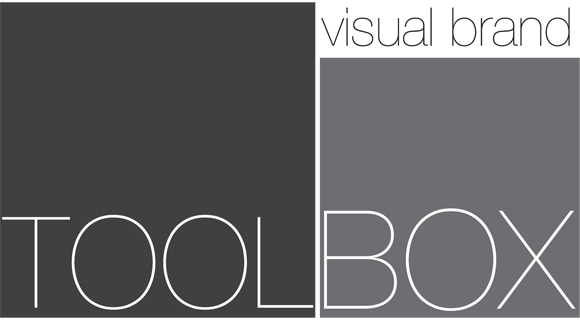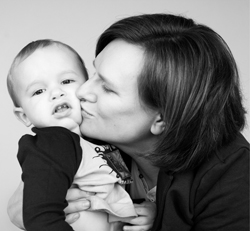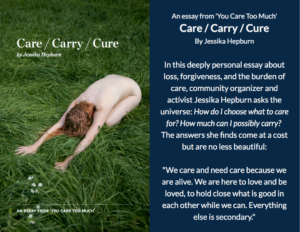A special DIY branding guest post from Sarah Stickland of CHILDish
A visual brand identity is the visual representation of a product, company, or even person. At its core are your company’s brand values. These are visually represented through a carefully selected group of visual elements: logo, typography, colour, and imagery.
First step is to have a clear brand strategy. Your brand strategy needs to go beyond your mission, vision, and values: it needs to evoke emotion and connect with your target audience.
Once you know your brand strategy you then take that strategy and make it visual.
1. Logo
Your logo does not need to say everything about your brand: your logo is only one part of your visual brand tool box. The rest of your tool box will help to visually communicate your brand.
2. Typography
Typography choice is a very important tool in your tool box. Typography evokes an emotion in the same way that illustration and photography do. There are two main fonts that you should choose: first, a header font. This font will have the most personality of your two font choices. The second is body copy which needs to be a much simpler font.
3. Colour Palette
Your colour palette is just that: a palette of colours that can work together and give you the flexibility you need when creating a wide variety of communication pieces. Colour is one of the quickest ways to visually communicate an emotion. Your colour palette should consist of 3-5 colours: one core main colour and a few supporting colours. You’ll need a few bolder colours as well as softer more muted ones. Having a mixture of tones will give you the flexibility you need for the variety of your communication pieces.
4. Photography
Your imagery needs may change over time. Out of all of your visual tools, imagery is the one that may need to be revisited and updated before any others. That being said, it’s extremely important to have an imagery philosophy so that you can come back to these values when adding new imagery to your communication pieces.
Products are shot in three different ways, either white sweep, editorial, or lifestyle.
White Sweep—if you are hoping to someday have media cover your product, it’s always good to have high resolution white sweep images on hand for when you get that call. There are oodles of tutorials online about how to best capture white sweep images. Typically white sweep is used to show the product without any competing background, so there isn’t much personality in the photograph itself.
Editorial—editorial images tell a story. If you are selling tea cups, is your tea cup owner’s house prim and proper? Or is it a cozy cottage on the ocean? Adding additional elements to your shot will start to tell a story. You are capturing a moment in time.
Lifestyle—lifestyle images involve people. This is where you can show your tea cup being used. Is it a fancy tea with everyone sitting around a formal table in their finery? Or is someone snuggled up on the sofa looking out at the rain?
5. Illustration
Not all brands will use illustrations, but most will. You can think of illustration as a main piece of your brand (a cute water colour character) or as an additional element (mini-icons used as call outs).
6. Icons and Pattern
I always find it extremely useful to have a handful of illustrated icons. These can be used to add visual interest on your blog or as a call out. Unlike photography, you can include specific icons in your tool box. Another optional tool box element is pattern. I love pattern and always find it handy to have one created and ready for use.
A good visual brand tool box contains everything you need to create consistent visual communication. With parameters to adhere to, you have to push yourself to think differently, and your designs will become more creative and uniquely yours. Your visual tool box will work in all media: for print, web, signage, etc.
Sarah wrote a complete Visual Brand Toolbox Workbook after a self guided mini weekend retreat with Boreal Modern, read all about it here. You can purchase a copy of the workbook for an introductory price of $24.99. The workbook guides you step by step and helps you create your own Visual Brand Toolbox.




